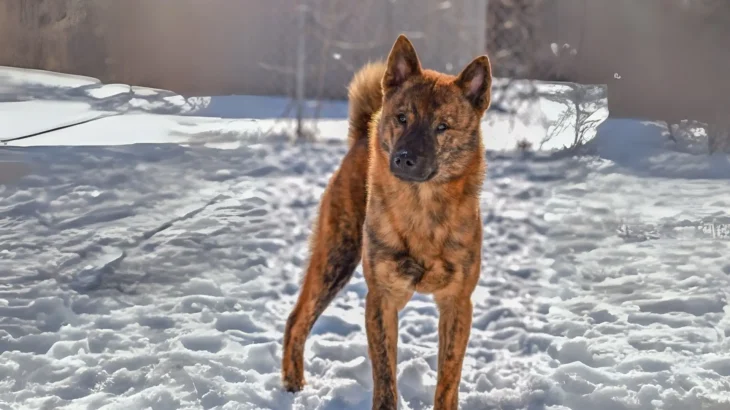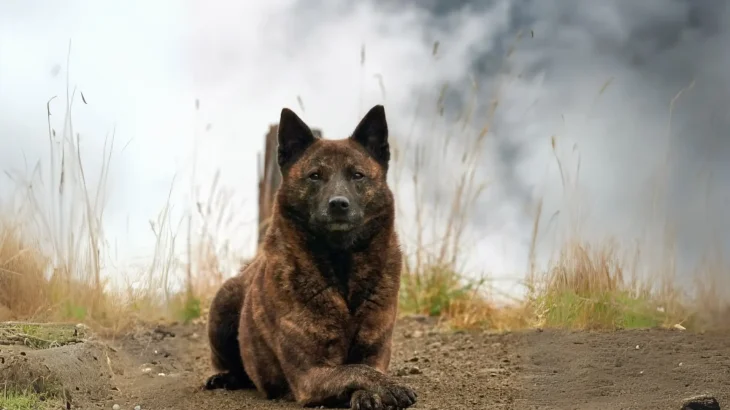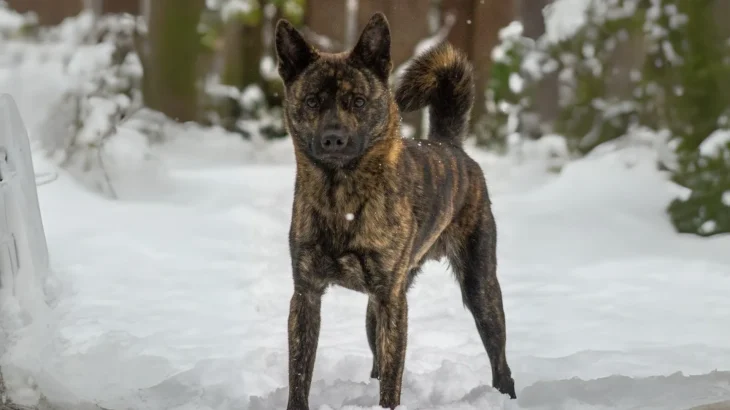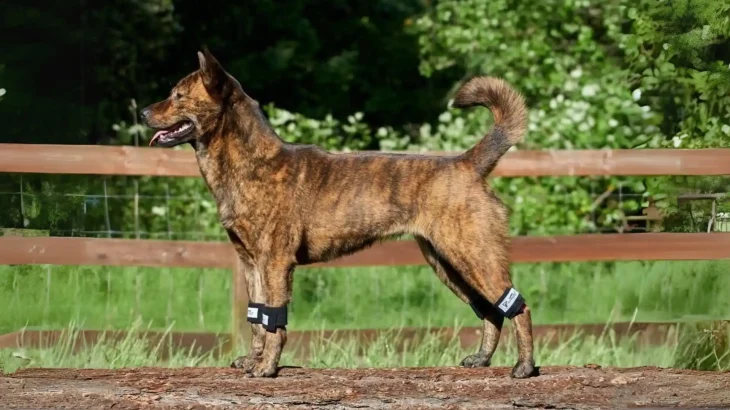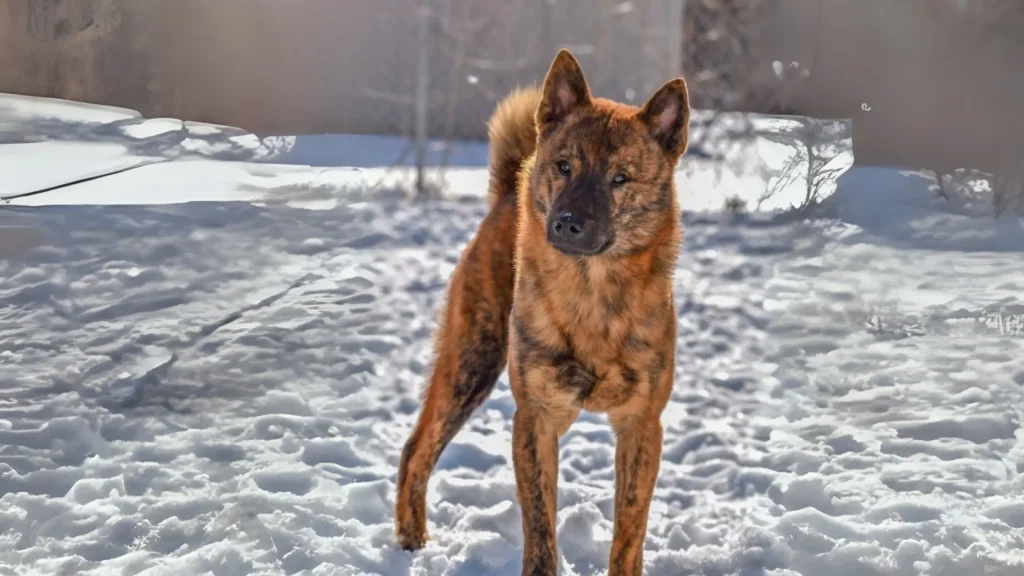When deciding whether to get a Kai Ken puppy, you can either adopt or buy from a breeder. Adoption gives a chance to provide a home to a dog in need, while purchasing from a responsible breeder offers more predictable health and pedigree information.
| Criteria | Buying from Breeder | Adopting from Shelter/Rescue |
|---|---|---|
| Cost | Typically higher due to breed rarity and pedigree; reflects breeder care and screening. | Generally lower adoption fees, making it more budget-friendly. |
| Health History | Detailed health records and genetic testing common; reduces risk of hereditary issues. | Health history may be limited or unknown; basic health checks provided. |
| Age Availability | Primarily puppies, allowing early bonding and training. | Varied ages; older dogs available that can also make wonderful companions. |
| Temperament Insight | Breeders often provide information on lineage temperament and traits. | Shelter staff can share observed behaviors, but full history may be incomplete. |
| Ethical Considerations | Supports ethical breeding programs when choosing responsible breeders. | Helps reduce shelter overcrowding and gives a dog a second chance. |
| Breed Purity & Pedigree | Guarantee of breed purity and known pedigree. | Breed purity often unknown or mixed breed more common. |

